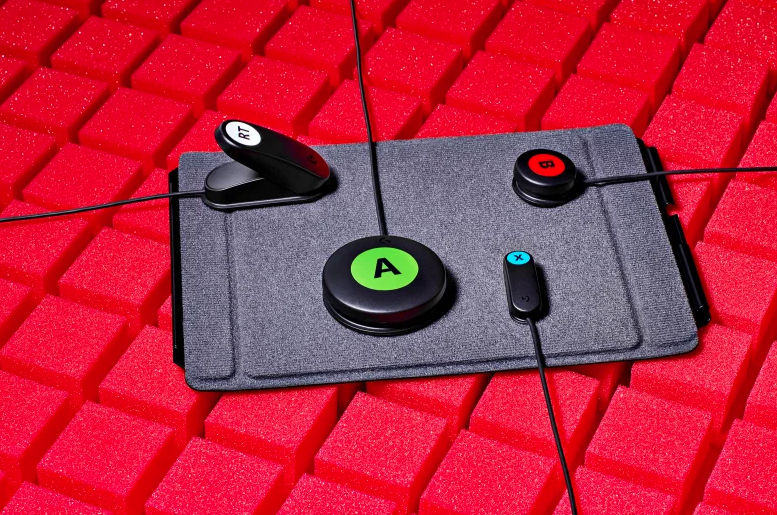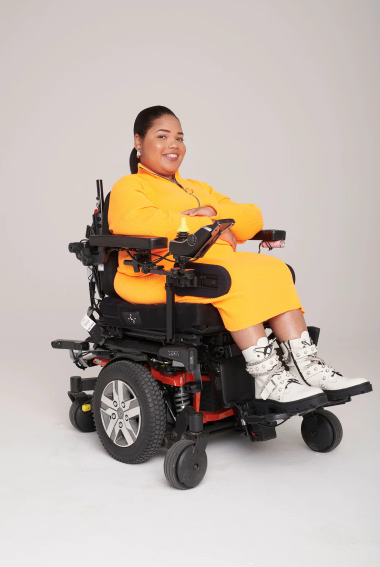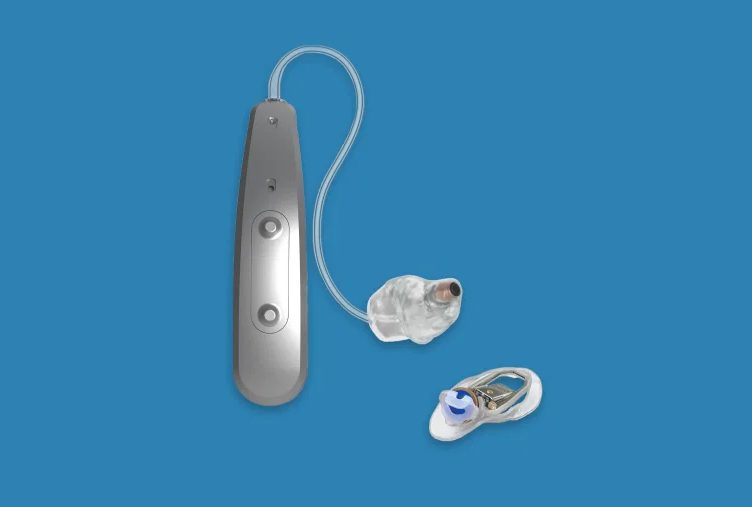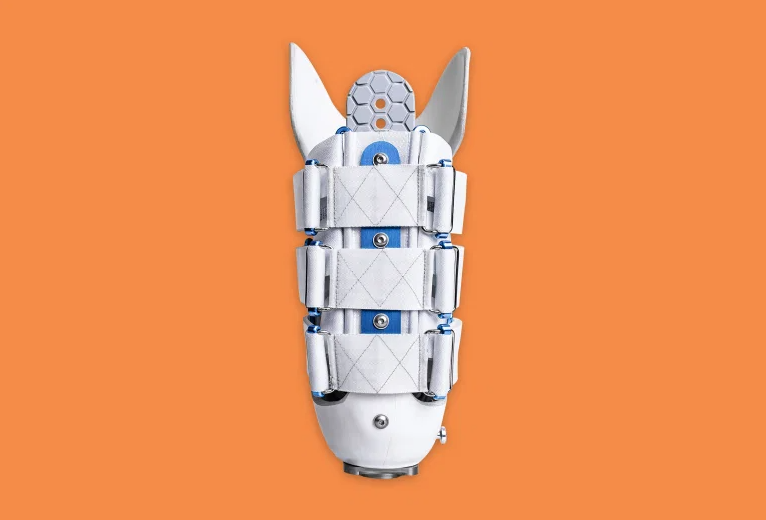Every year since 2001, Time magazine has selected the inventions that have changed our lives, and this year is no exception, as Time has selected the 2020 list of the top 100 inventions from a wide range of emerging products.
The 2020 list is divided into 25 categories, including artificial intelligence, home healthcare, and beauty products, according to their usage scenarios. We will be sharing the list with you in mid-December, and we may be able to think about the special year of 2020.
This article is about THE BEST INVENTIONS OF 2020 Changing How We Live- Accessibility.
1. More Inclusive Gaming - Logitech Adaptive Gaming Kit

More than 46 million gamers in the U.S. live with a disability, and for some, standard controllers, mouses and keyboards can be challenging to operate. In 2018, Microsoft introduced its Adaptive Controller—a hub enabling users to plug in their preferred controls setup. Now Microsoft has partnered with Logitech to produce the Adaptive Gaming Kit. For $99, players get 10 buttons, two triggers, and hooks, pads, loops and other assorted gear that further enables them to customize their controllers. One reviewer, YouTuber Daniel O’Connor, described the kit as “honestly revolutionary.”
—Matthew Gault
2. Steadier Power Chairs - LUCI

Power wheelchairs can be a lot more dangerous than they look. The devices, which weigh up to 400 lb., are prone to tips and collisions, sometimes resulting in serious injuries like broken bones. Barry Dean, a songwriter in Nashville, saw this firsthand when his daughter Katherine, who lives with cerebral palsy, suffered leg and arm injuries when her chair tipped over. So Dean and his engineer brother created LUCI ($8,445), a power-chair accessory that uses sensors to monitor the chair’s environment. As riders steer their chair with a joystick, LUCI collects data that determines safe paths and modifies the chair’s response, like slowing down before an unexpected drop-off or halting to prevent a collision. An associated app, the MyLUCI portal, allows users to track and share data such as their chair’s charging status and location. The power-chair accessory will be available at mobility clinics in the U.S. in November.
—Paulina Cachero
3. Mimicking Sound Waves - Earlens Contact Hearing Solution

Most hearing aids do a decent job of amplifying mid tones but struggle with the highs and lows, resulting in sound that is flat and dull. That makes it hard to follow conversations in a crowd—the so-called cocktail- party effect. Earlens ($6,000 per ear) upends the process, nixing the amplifier entirely and instead using a tiny lens that sits next to the eardrum. A microphone housed in the device’s over-the-ear processor picks up sounds, which an algorithm converts into vibrations that are transmitted to the eardrum. Put another way: rather than turning up the sound, Earlens actually re-creates the effect of the sound waves.
—Marjorie Korn
4. A More Comfortable Socket - Martin Bionics Socket-Less Socket

Thanks to microprocessors and robotics, artificial limbs have hit new heights of innovation. But the socket— the molded plastic piece that attaches prosthesis to person—hasn’t made such major strides. Until now. The Socket-Less Socket replaces the often uncomfortable molded plastic fittings of more standard prostheses with a custom set of straps and bindings that can be tightened or loosened as needed. “It’s the difference between wooden clogs and carbon-fiber shoes,” says Martin Bionics founder Jay Martin. Traditional sockets offer one hour of comfort before they need to be removed to adjust padding, cool down or address areas of rubbing. The Socket-Less Socket stays comfy for more than three. Covered by Medicaid and most insurance carriers (depending on the policy, co-pays range from zero to about $2,000), the device costs about the same as the old plastic sockets it seeks to replace.
—Marjorie Korn
